Results 9,341 to 9,350 of 12096
Thread: Anandtech News
-
04-08-19, 03:10 PM #9341
Anandtech: Philips Brilliance 329P9H: A 4K IPS Monitor with USB-C Dock, GbE, KVM
Philips has introduced its new 31.5-inch display aimed at a broad set of professional workloads. The Brilliance 329P9H is a 4K LCD that has a USB Type-C port and features a built-in webcam, a GbE connector, and a KVM switch. In addition, the monitor has an integrated light sensor as well as a user detection infrared sensor that are used to automatically adjust brightness.
More...
-
04-09-19, 08:16 AM #9342
Anandtech: Netgear Launches the Nighthawk RAX40 - An Affordable Intel-based Wi-Fi 6 R
Netgear has been announcing new members in their Wi-Fi 6 802.11ax router family regularly over the last few months. We discussed the launch of the RAX80 and RAX120 in detail last November. Since then, Netgear has also introduced a tri-radio solution, the RAX200. The RAX80, RAX120, and RAX200 currently have MSRPs of $400, $500, and $600 respectively. These price points have made it challenging from a market adoption encouragement perspective.
Netgear is aiming to address this issue with a new Nighthawk RAX40 AX3000 router. This AX4 model has a 4-stream configuration. Its $200 MSRP is significantly lower than the price points at which the other Nighthawk Wi-Fi 6 routers are being sold. While the previous Nighthawk Wi-Fi 6 routers were based on either Broadcom or Qualcomm silicon, the RAX40 is based on Intel's Moore Rapids platform (Intel Home Wi-Fi Chipset WAV600 series).
The table below summarizes the specifications of the four Wi-Fi 6 routers currently in the Netgear Nighthawk family.
The Nighthawk RAX40 is a good entry point into the Wi-Fi 6 ecosystem for the average consumer. With almost all 802.11ax client platforms using a 2x2 configuration at the maximum, single client scenarios will see barely any difference in terms of performance with the RAX40 and any of its higher-priced siblings. Things will obviously change when multiple wireless clients come into play simultaneously. The RAX120, for example, can support four simultaneous 2x2 MU-MIMO clients with its 8x8 5GHz configuration. That said, the RAX40 supports DFS and 160 MHz channels - two aspects that can show the bandwidth benefits immediately to the end users. In fact, the RAX40 can deliver gigabit wireless to even 802.11ac clients such as the Intel Wireless AC9560 present in the Bean Canyon NUCs.Netgear Nighthawk Wi-Fi 6 Routers RAX40 RAX80 RAX120 RAX200 Spatial Stream Configuration 2.4G : 2x2
5G : 2x22.4G : 4x4
5G : 4x42.4G : 4x4
5G : 8x82.4G : 4x4
5G : 4x4 + 4x4Speed Class AX3000 AX6000 AX6000 AX11000 Wired Ports 5x 1Gbps 6x 1Gbps 5x 1Gbps
1x 5/2.5/1Gbps5x 1Gbps
1x 2.5/1GbpsUSB Ports 1x USB 3.0 2x USB 3.0 2x USB 3.0 2x USB 3.0 Radios Intel WAV654 Broadcom BCM43684 x2 Qualcomm QCN5054 + QCN5024 Broadcom BCM43684 x3 SoC Intel AnyWAN SoC GRX350 Broadcom BCM4908 Qualcomm IPQ8074 Broadcom BCM4908 Launch MSRP $200 $400 $500 $600
Overall, the introduction of the RAX40, particularly in conjunction with the availability of Cyclone Peak-equipped computing systems starting this quarter, is a big boost for the Wi-Fi 6 ecosystem. The Wi-Fi router space has been dominated by Broadcom and Qualcomm (and, Mediatek to a smaller extent) for quite some time now. The addition of Intel as a serious player in this space is welcome news for consumers.
More...
-
04-09-19, 03:16 PM #9343
Anandtech: BIOSTAR Adds Windows 7 Support To Some Intel and AMD Motherboards
With Windows 10 now a primary user requirement for the majority of current generation motherboard models, BIOSTAR has today announced that its latest range of Intel and AMD models will include Windows 7 support. Since July of 2015 when Microsoft launched its Windows 10 operating system, its main focus has been shifting users from older versions to the current and latest one. One example is its decision to drop ongoing support from January 14th 2020 for its Windows 7 operating system which includes both securities, and support updates. Biostar is upending this by providing Windows 7 support for its product line.
More...
-
04-09-19, 03:16 PM #9344
Anandtech: JOLED Starts Construction of New Printed OLED Facility
JOLED this week started construction of a new manufacturing facility that will be used to make displays using printed OLED technology. The factory will be able to produce hundreds of thousands medium-sized OLED monitors used for computer monitors, automotive applications, and so on.
JOLED, which absorbed the OLED operations of Sony and Panasonic, currently uses a 4.5 Gen production line in Nomi, Japan, to make its printed OLED screens. In addition, the company is building a new 5.5 Gen pre-process printed OLED plant near the same location that will become operational in 2020.
This week the company started construction of yet another a new post-process printed OLED facility in Chiba, which will be complementing the Nomi 5.5 Gen line. The factory will go online next year.
The production capacity of JOLED’s facility in Chiba will be approximately 220,000 units of 10 to 32-inch OLED screens per month. Total floor area of the factory will be circa 34,000 square meters.
JOLED did not say how much money it invested it is new production facilities, but indicates that is using some of the funds amounting to ¥25.5 billion ($229.449 million) in total that the company had raised by a capital increase through the third-party allocation of shares.
Related Reading:- JOLED Demos 21.6-Inch OLED Monitor for Gamers
- Samsung Unveils 15.6-Inch Ultra-HD OLED Display for Laptops
- Dell at CES 2019: Alienware 55-Inch 4K 120 Hz OLED Gaming Monitor Showcased
- New 8K OLED Displays for Tablets and Laptops: 8.3 and 13.3 Inches
- ASUS ProArt PQ22UC 4K OLED Monitor: £4699, ~$5150
Sources: JOLED, OLED-Info
More...
-
04-10-19, 09:33 AM #9345
Anandtech: Qualcomm 5G Home Broadband Reference Design Announced: Aquantia Multi-Gig
One of the key target markets for 5G deployments is ‘the last mile of copper’ from the local cabinet to the home. In order to avoid churning up streets to create fiber to the home, Qualcomm has repeated its intention to replace that last connection with some form of wireless, namely 5G. This requires each property to own a 5G hotspot that connects to the mast, and convert that signal either to Ethernet or local Wi-Fi. In order to do this, Qualcomm is creating a 5G home broadband reference design for its customers to take and productize. On one side of the hardware is a Qualcomm 5G modem, while on the wired side is Aquantia’s AQtion Multi-Gig Ethernet solution.
More...
-
04-10-19, 09:33 AM #9346
Anandtech: AI On The Edge: New Flex Logix X1 Inference AI Chip For Fanless Designs
A large number of inference demonstrations published by the big chip manufacturers revolve around processing large batch sizes of images on trained networks. In reality, when video is being inferenced, it is frame by frame – an effective batch size of one. The large chips on the market aren’t optimized for a batch size of one, and grossly overconsume power to do so: Flex Logix believes it has the answer with its new InferX chip design and IP for this market, focusing directly on those edge devices that process at a batch size of one and are fanless.
More...
-
04-10-19, 11:53 AM #9347
Anandtech: HP’s Cascade Lake Z6 & Z8 Xeon Scalable Workstations with Up to 6 TB Optan
Being one of the world’s largest workstation supplier, HP is among the first to adopt new CPUs, GPUs, and other technologies that can speed up professional workloads. This week the company introduced its updated Z6 G4 and Z8 G4 machines with Intel’s second generation Xeon Scalable processors and Intel’s Optane DC Persistent Memory.
More...
-
04-10-19, 11:53 AM #9348
Anandtech: Intel Releases Optane Memory H10 Specifications
Intel's Optane Memory H10 SSD will begin shipping soon in pre-built systems from major OEMs, so Intel's ready to unveil more detailed information about the drive first previewed earlier this year at CES. The Optane Memory H10 is a significant change from the existing Optane Memory family of products, and is a unique 2-in-1 SSD combining 3D XPoint memory and QLC NAND flash memory on a single M.2 module. The H10 is essentially a consolidation of the existing Optane Memory M10 module and the Intel 660p QLC SSD onto a single drive. The Optane portion of the drive is intended to be used as a cache for the QLC portion of the drive, using the Optane Memory caching drivers for Windows that Intel has previously pitched for using with standalone Optane Memory M.2 modules and mechanical hard drives. Until now, Optane products have been difficult to fit into ultrabooks where two M.2 slots may be challenging and a 2.5" hard drive is out of the question.
The Optane Memory H10 will come in three varieties, with QLC NAND capacities ranging from 256GB to 1TB. The 256GB model will have 16GB of Optane storage while the 512GB and 1TB will both have 32GB of Optane storage. All three capacities are implemented as single-sided M.2 modules, with approximately half of the card dedicated to the Optane controller, media and PMIC, while the other half contains the Silicon Motion SM2263 controller, DRAM and QLC NAND. The card as a whole has a PCIe 3.0 x4 interface, but each of the two SSD controllers gets just two PCIe lanes. Intel's caching software will support reading and writing data from both Optane and QLC simultaneously, so they rate the H10 for up to 2.4GB/s sequential reads even though neither half can exceed 2GB/s on its own.
For random I/O, Intel rates the H10 for 32k random read IOPS and 30k random write IOPS at queue depth 1, and 55k IOPS for both at QD2. The random read ratings are significantly higher than we've measured from the Intel 660p QLC SSD, but are only a fraction of what the 32GB Optane Memory is capable of on its own, so Intel's clearly trying to provide a more realistic composite that reflects how real-world usage won't be able to entirely stay within the Optane cache.Intel Optane Memory H10
SpecificationsAdvertised Capacity 256 GB 512 GB 1TB Form Factor single-sided M.2 2280 NAND Controller Silicon Motion SM2263 NAND Flash Intel 512Gb 64L 3D QLC Optane Controller Intel SLL3D Optane Media Intel 128Gb 3D XPoint QLC NAND Capacity 256 GB 512 GB 1024 GB Optane Capacity 16 GB 32 GB 32 GB Sequential Read up to 2400 MB/s Sequential Write up to 1800 MB/s 4kB Random Read QD1 32k IOPS QD2 55k IOPS 4kB Random Write QD1 30k IOPS QD2 55k IOPS L1.2 Idle Power < 15 mW Warranty 5 years Write Endurance 300 TB
Idle power is rated to be under 15mW total, the result of both SSD controllers aboard the H10 being able to hit single-digit mW power when PCIe L1.2 sleep states are used.
Write endurance ratings will go up to 300 TB on the 1TB capacity, a 50% increase over the QLC-only Intel 660p. The QLC portion of the Optane Memory H10 will still be using SLC write caching, but the high-endurance Optane cache will take a lot of write pressure off the NAND flash. The warranty period is the same 5 years that the Optane Memory M10 and Intel 660p carry individually.
System Requirements
The Optane Memory H10 has narrower system requirements than previous Optane Memory products. Intel has always required a Kaby Lake or later system to use their Optane Memory caching drivers, but the previous Optane Memory drives were still plain NVMe SSDs at heart and could be used as either standalone drives or with third-party caching software in any machine supporting NVMe SSDs. Since the H10 bundles two drives on one card, it will require a host slot that provides all four PCIe lanes and supports operating them as two ports of two lanes each. Intel's caching functionality for the Optane Memory H10 requires their RST version 17.2 drivers, the first release series to enable Optane Memory caching of NVMe SSDs instead of just SATA drives. (Also the first release series to support Pentium and Celeron branded processors.)
Officially, Intel is requiring the H10 to be used with a 300-series PCH and an 8th Gen Core U-series mobile processor, but that mostly reflects which platforms will be offering the H10 at launch. Intel has not yet committed to bringing the H10 to the retail market for use in desktop systems, but they have been laying the groundwork and many 300-series motherboards have firmware updates available to enable booting from the H10. (The first public leak of the Optane Memory H10 product name came from motherboard manufacturers advertising support on 300-series desktop boards.) Desktops with 300-series chipsets and at least two M.2 slots can already achieve essentially the same setup as the H10 using an Intel 660p and Optane Memory M10 module, so there isn't strong pressure for a retail release of the H10. The hardware features Intel relies on for Optane Memory caching and NVMe RAID on consumer platforms have been present since Skylake 100-series chipsets, but Intel has shown little interest in rolling out firmware support to older platforms.
Our Optane Memory H10 review sample is arriving today, and we will have a full review out later this month.
More...
-
04-10-19, 02:17 PM #9349
Anandtech: AOC Agon 35-Inch 200 Hz Curved 3440x1440 HDR Gaming Monitor with FreeSync
AOC is working on its new flagship display aimed at demanding gamers. The new Agon 35-inch ultra-wide display will not only feature a 200 Hz variable refresh rate, but also peak brightness of 1000 nits. The monitor will carry VESA’s DisplayHDR 1000 badge and will cover 100% of the DCI-P3 color space.
More...
-
Thread Information
Users Browsing this Thread
There are currently 49 users browsing this thread. (0 members and 49 guests)




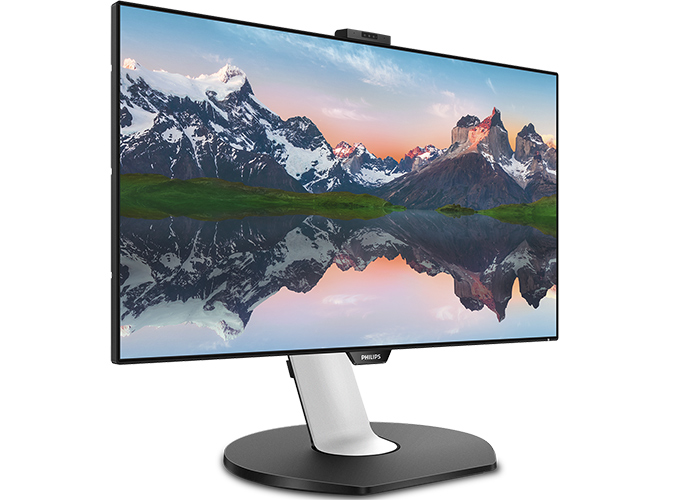

 Quote
Quote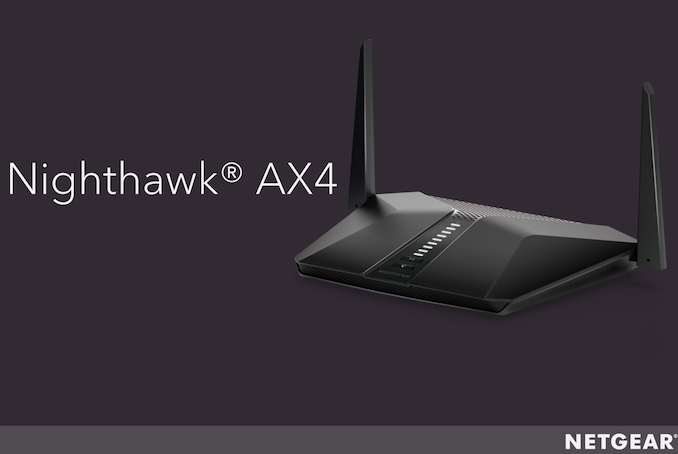
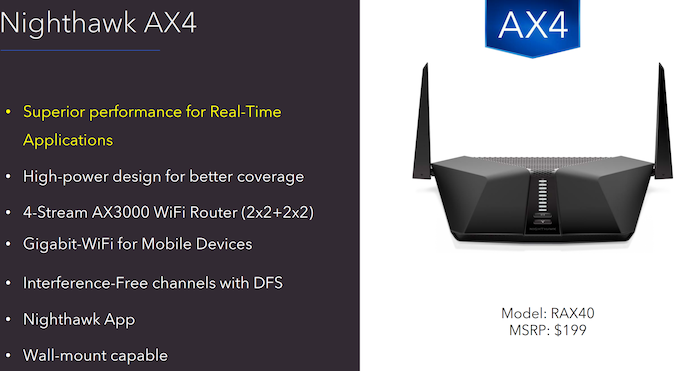
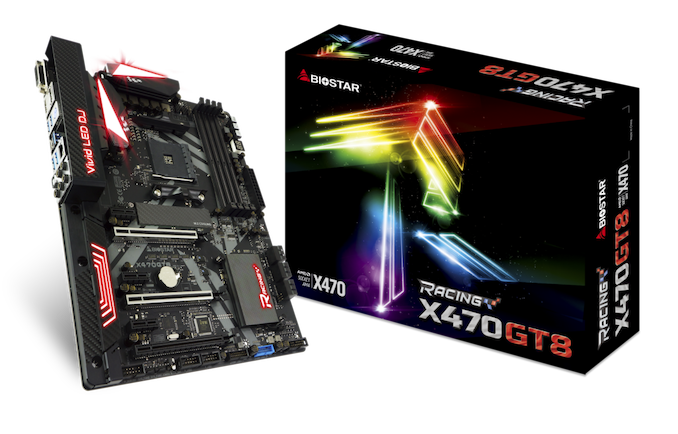
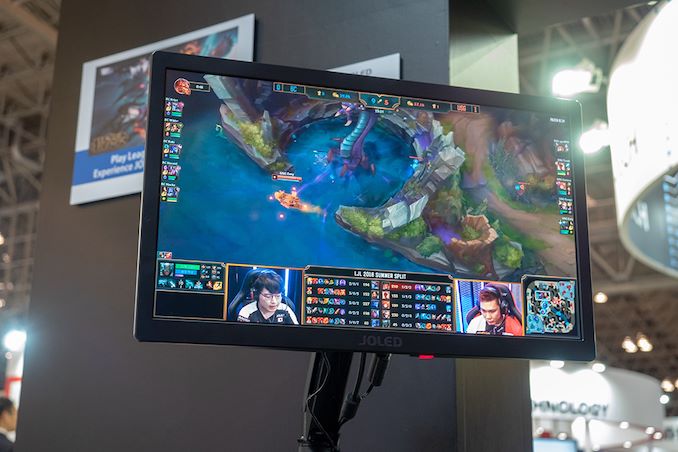
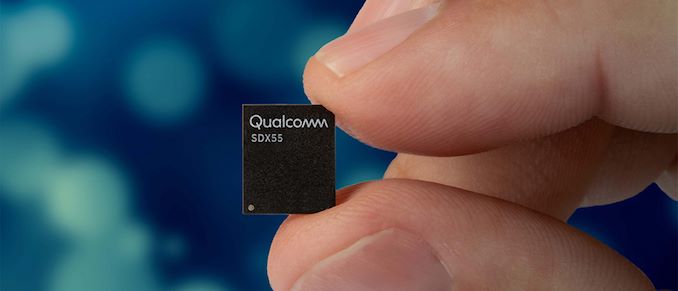

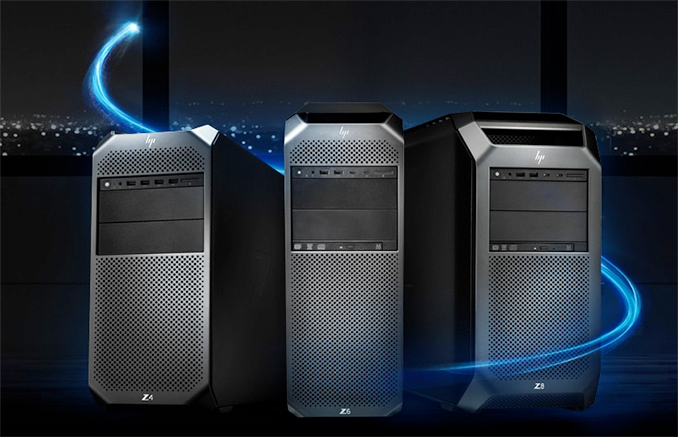
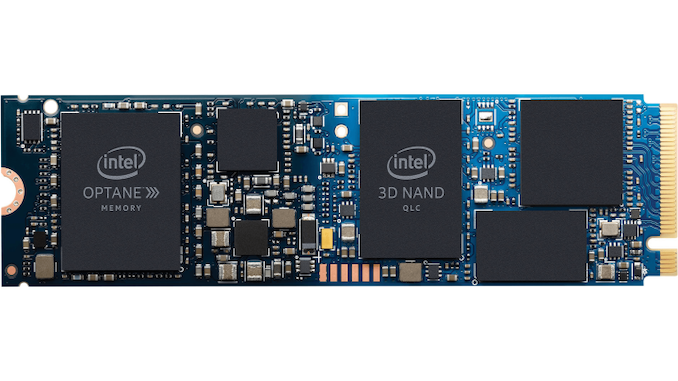
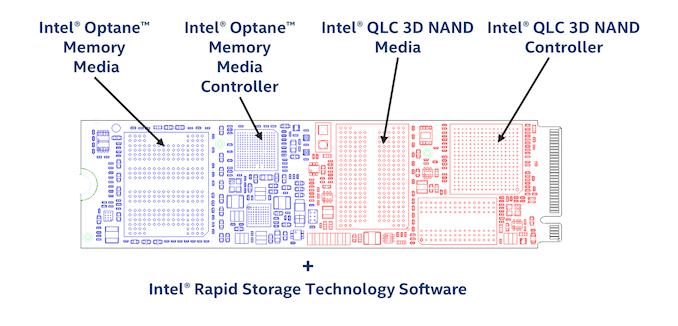
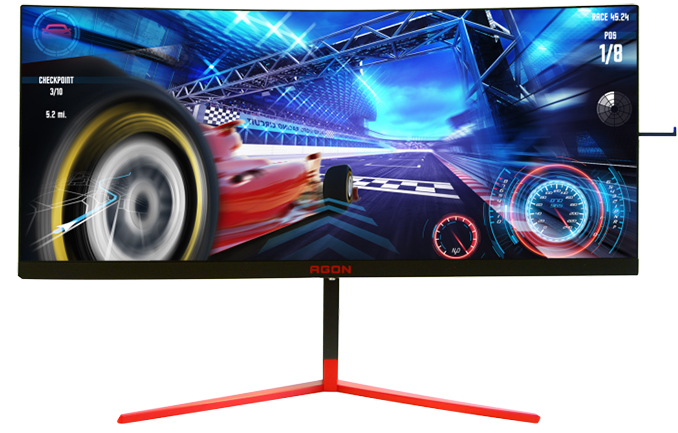

















Bookmarks